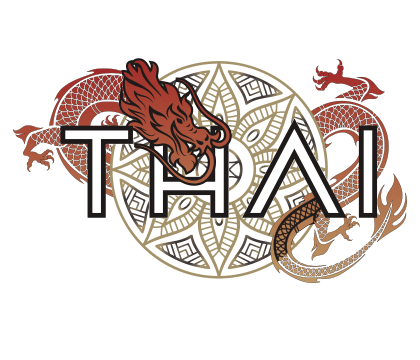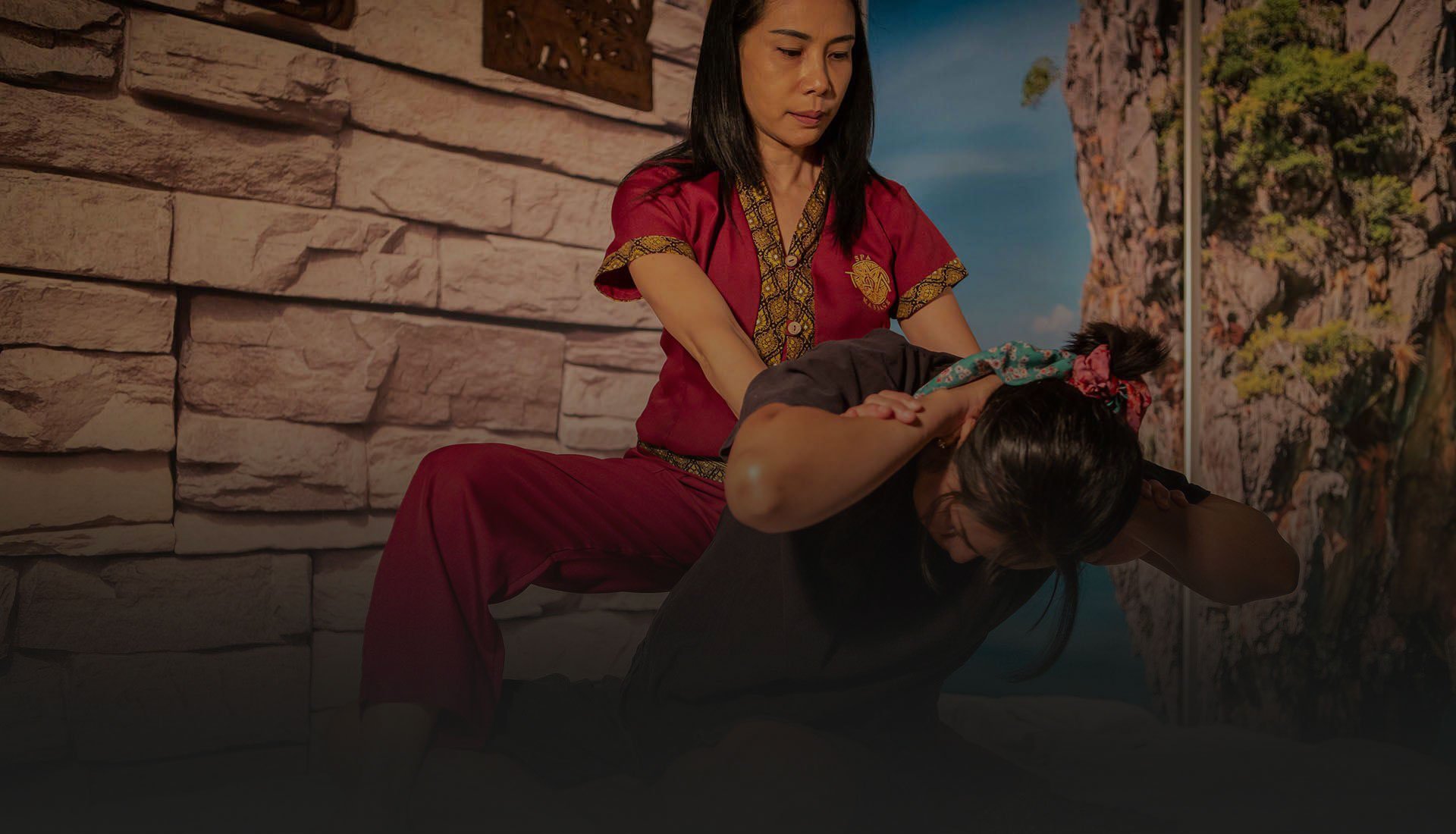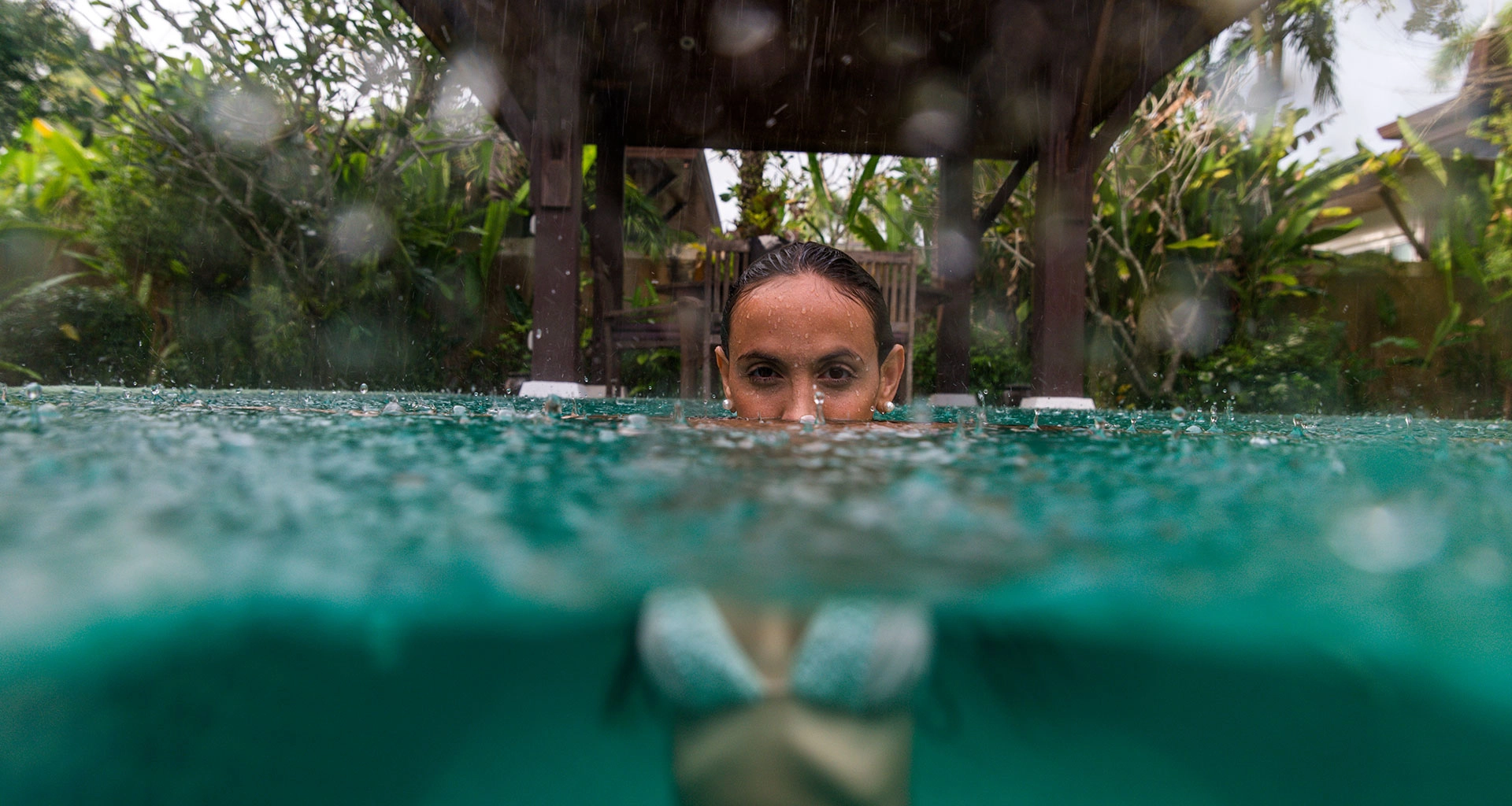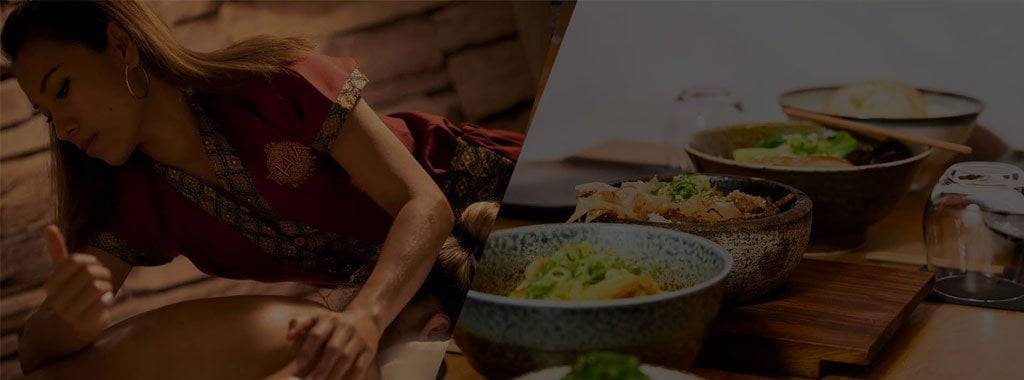To the east of the world map, ancient civilizations discovered a rare connection between some points of our body, the relief of physical pain and emotional tranquility. Discover with us the benefits of this therapy.
The history of an ancient practice

Reflexology dates back at least 4,000 years. Some of the first records to bring reflex zone therapy to the fore for its health benefits are found in the tomb of the Egyptian physician Ankmahor. On the walls of his mausoleum there are hieroglyphic engravings in which two patients appear being massaged by two other people on their feet and hands.
We also find evidence of the use of reflexology in the Canon of the Yellow Emperor: This text documents the first discussions about the effectiveness of the therapy among the medical experts of the imperial family. The development of reflexology is tremendously related to acupressure and acupuncture, but what principles govern it?
Traditional Chinese medicine offers us an answer. The vital energy or qi is the inherent virtue of every human being and travels through our body incessantly. This qi sometimes remains stagnant at some point in the body and according to oriental superstition, it can cause diseases such as low back pain or insomnia. Reflexology explains that there are points on the hands, feet, ears and face that we can manipulate to get rid of this disease. Stimulating these points will keep the qi in a constant regular flow and help the energy not get stagnant for the sake of our health.
His arrival in the west
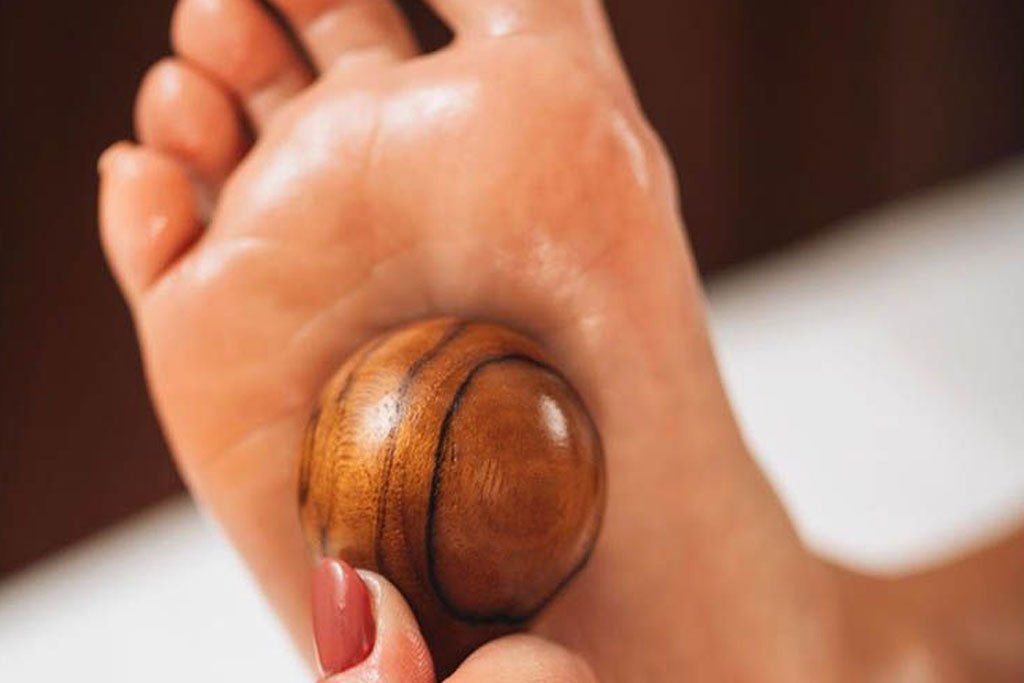
Reflexology is a deeply rooted practice in Eastern countries such as China, India, Malaysia and Thailand due to the undoubted benefits that made it the basis of their medical knowledge in the East, but it did not reach the West until the Florentine traveler and merchant Marco Polo (1254-1324) brought a book about these massages from the great imperial country. The history of this practice in the West continues with the famous case of the painter and sculptor Benvenuto Cellini (1500-1571). The disciple of Michelangelo applied great weights and pressure on his hands and feet because it was the only thing that he managed to calm the strong pains that he suffered.
However, it was not until the nineteenth century that science echoed the advantages that this tradition had on the ailments of patients. The Asian superstition of qi and energy flow began to gain scientific basis thanks to the research of some pioneers.
Dr. William Fitzgerald (1872-1942) was the promoter of research on the relationship of especially sensitive points on the body and its relationship with the reduction of pain in other areas of the body. The result of the study that he carried out was called “Reflex Zone Therapy”, which later came under the name of reflexology, as it is known today.
The science behind tradition

Dr. Wilder Penfield (1891-1976), thanks to his work in the field of neurology, nerve endings and their relationship with the brain, was able to determine with what intensity these electrical impulses arrived to interpret motor and sensory activities and see if through these some areas in the brain were activated. He concluded his study by stating that the stimulation of points such as the feet, were capable of “turning on”, in a general way, the sensitive cortical zone. This map is known today as the “Penfield Homunculus” and is of great importance in reflexology.
More recently, scientists at the University of Portsmouth in England have been able to scientifically demonstrate that people who used reflexology as a method to alleviate their ailments, suffered 40% less pain after reflexology treatment and their tolerance to it was higher than that of averaged 45% in a study called “Reflexology Reduces Pain,” published in 2013. This groundbreaking study caused a stir in the scientific community.
Not everything is in the feet
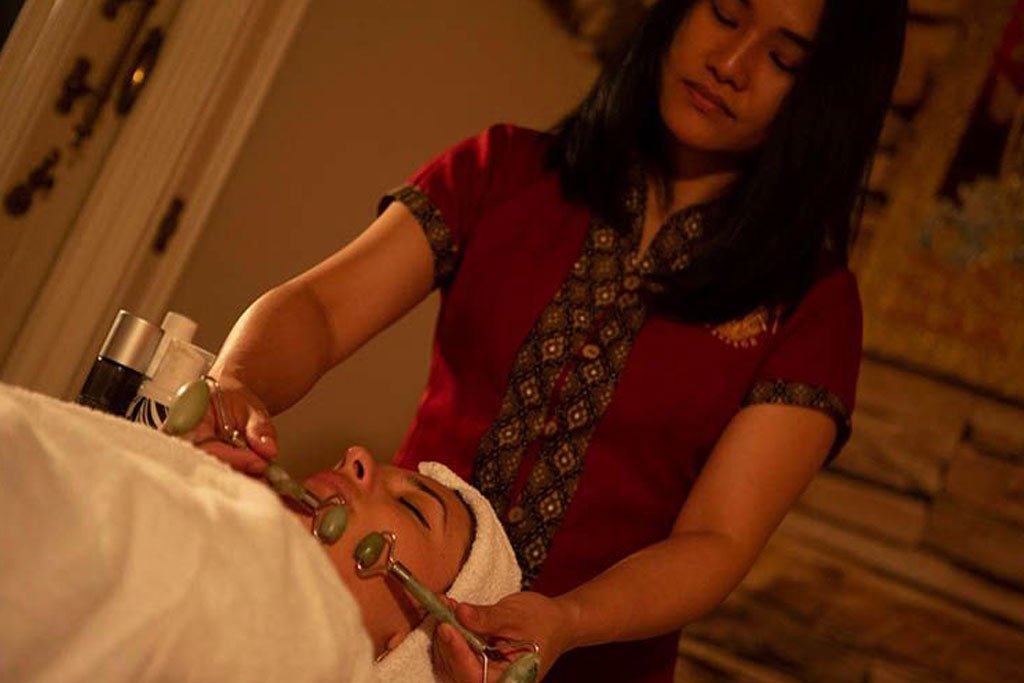
Although foot reflexology is the best known of all types of reflexology, there are other parts of the body that play a leading role in these therapies. In the hands, as in the feet, we have a large number of nerve endings in which some organs are reflected. However, hand reflexology is more focused on calming emotional pain and reducing stress.
The face, on the other hand, is closely linked to the neuromotor system, the belly and the lungs. In this practice, small pressure is applied to the entire face and skull, which has more than 1,200 nerve endings. Finally, the most unknown therapy of all is atrial reflexology. The management of the ears is used as an analgesic method, but it is a prolonged treatment in time.
At Thai Spa Massage we offer a wide variety of massages, including facial or foot massage, and we take advantage of the combination of tradition and avant-garde to offer our clients a relaxing and healing experience in an authentic Thai environment. Discover our salon, which offers a true healing and relaxing atmosphere where we are delighted to take care of you.
